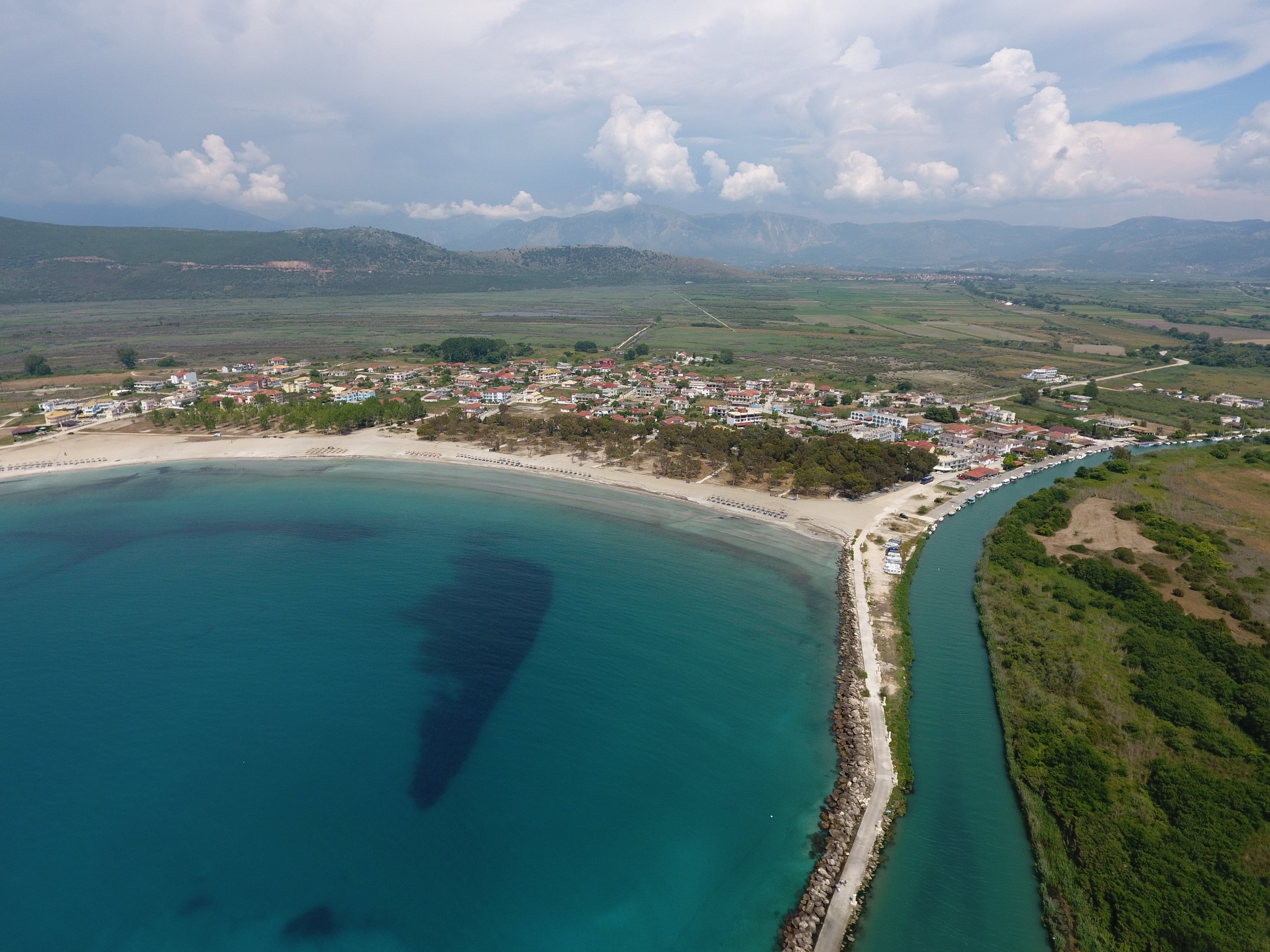Table of Contents
The Acheron river: A mythical passage
A Natura 2000 certified ecological destination
The Acheron river: A mythical passage
In ancient Greek mythology, Acheron was known also as the river of pain, and was one of the five rivers of the Greek underworld. The Roman poet Virgil called it the principal river of Tartarus, from which the Styx and Cocytus both sprang. The newly-dead would be ferried across the Acheron by Charon in order to enter the Underworld. The Suda describes the river as “a place of healing, not a place of punishment, cleansing and purging the sins of humans.” According to later traditions, Acheron had been a son of Helios and either Gaia or Demeter, who had been turned into the Underworld river bearing his name after he refreshed the Titans with drink during their contest with Zeus. By this myth, Acheron is also the father of Ascalaphus by either Orphne or Gorgyra.
Acheron is the river that Homer mentions that Odysseus crossed,starting from Ammoudia's bay and reached to Netherworld so as to ask about his trip back to Ithaca. On that point is located ancient Necromanteio that was discovered due to Homer's description and is just 4 km far from Ammoudia. Herodotus describes the visit of Periander's envoys to the Necromancer to ask the soul of Melissa's wife about the hidden treasure.
Orpheus also went down to Hades to ask for his music back, his favorite Eurydice.
Also Theseus and his friend Peirithos went down in order to kidnap Persephone wanting to marry daughters of gods.
Hercules embodied his 12th feat, which concerned Cerberus at the gates of Hades . Many other demigod gods and heroes occasionally arrived at the Necromancer.
A Natura 2000 certified ecological destination
The wider area of Ammoudia and in general the Acheron Delta river, belongs to the European Network of Protected Areas NATURA 2000 (code GR2140001), with a total area of 4935 hectares.
On Acheron's edges are living lots of seldom kinds of biota to which access is through boat trips. Around Ammoudia there are also lots of monuments that carry lots of information about ancient Greece and its customs. The Acheron estuary is a reference point for the wetlands of Western Greece as on its shores are found many rare species of flora and fauna which are protected by international conventions.





